The differences and usage of soft light strips, hard light strips and wall washers
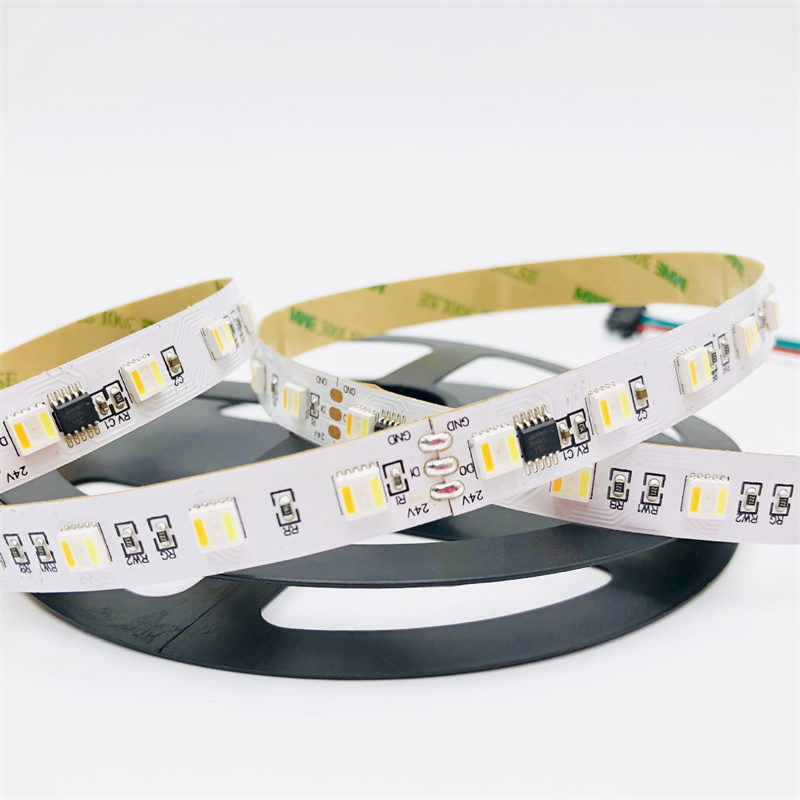
People often ask: "How to distinguish these common long strip lamps from flexible light strips, hard light strips, and wall washers? Where are they generally used?"
Below, we summarize the differences and usage suggestions for these types of products.
- Low voltage flexible light strip
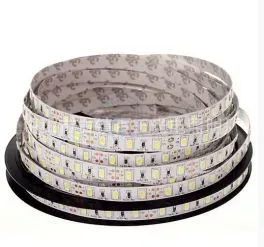
The picture above is a common low-voltage light strip, the most commonly used ones are 12V and 24V.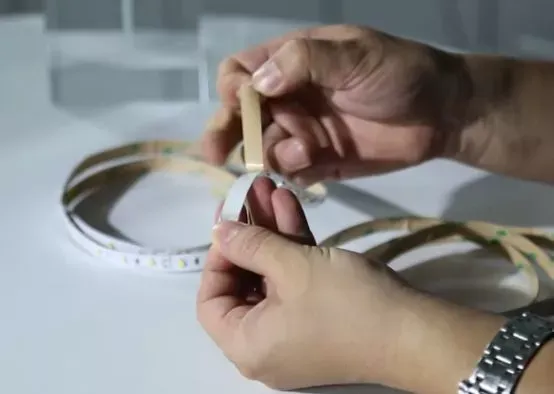
Low-voltage flexible light strips are very convenient to use: after peeling off the protective paper from the adhesive backing, you can stick it to a relatively narrow place where you want the entire strip to shine, such as bookcases, showcases, kitchens, etc. The advantage is that the shape can be changed, and there is no problem with turning or arcing.
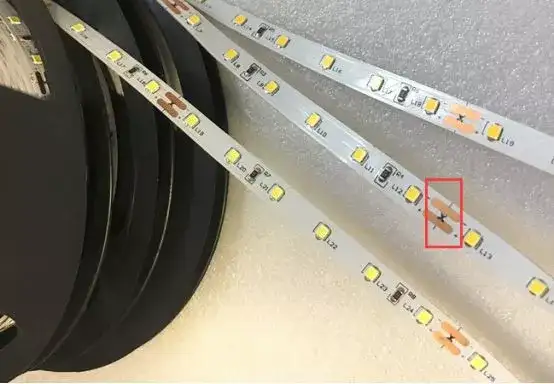
There is a scissor logo on every short section of the light strip, indicating that this place can be cut. But how often you cut it generally depends on the working voltage of the light strip. For example, 24V light strips are cut with 6 beads and are generally 10cm in length.
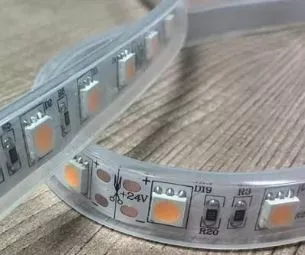
Protective light strip
In addition, some lamps have plastic protective covers, but this protective cover is not to prevent electric shock, but the usage requirements are slightly different. For example, top-illuminated cloth lamps are easy to collect dust and dust. It is recommended to use ones with protective covers for easy cleaning. .
Because the substrate of low-voltage light strips is relatively thin and the ability to overcurrent is relatively weak, most of them are 5m long. If the use scenario requires a long light strip, multiple wiring locations and many transformers will be needed. In addition, there are also 20m strips, but the substrate of the light strip will be made thicker to increase the current carrying capacity.
2. High voltage light strip
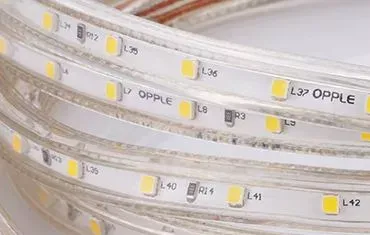
High-voltage light strips are generally cut every 1m or even every 2m. Remember not to cut them in the middle, otherwise the entire set of lights will not light up. Suppose we only need a 2.5m light strip, what should we do? Cut it out to 3m, then fold the excess half meter back, or wrap it with black tape to prevent light leakage and avoid local over-brightness.
➤Where are high-voltage light strips generally used?
First of all, the whole lamp has 220V high voltage, which would be more dangerous if used in places that can be easily touched, such as steps and guardrails. Therefore, it is recommended to use it in places that are relatively high and cannot be touched by people, such as ceiling light troughs. Note that high-voltage light strips must have protective covers.
The application distance is also relatively long. The high-voltage light strip can be continuous for 100m and can be cut every 1m. There is no problem with a driver strip of 100m.
Relatively speaking, the power of high-voltage lamp strips will be relatively high, so you must choose an appropriate driver.
3.RGB color light strip
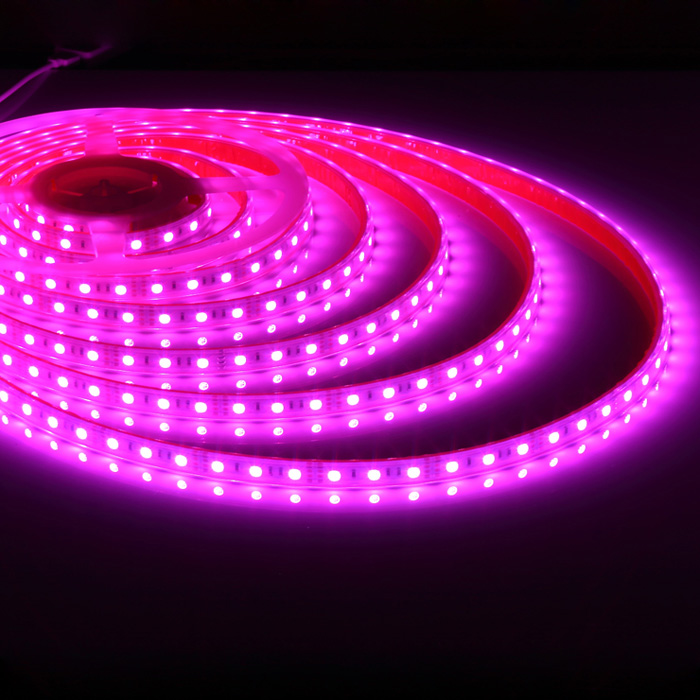
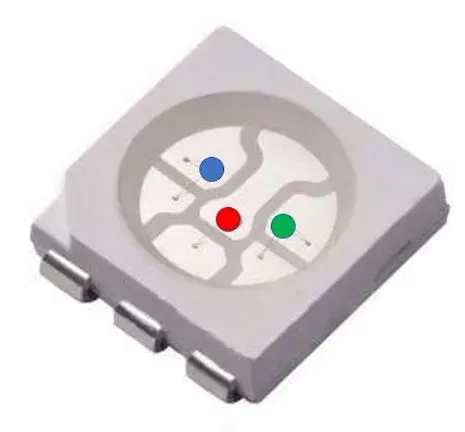
There are three cores in each bead, so each bead can emit three colors. When the three beads are powered on, they can mix different colors of light.
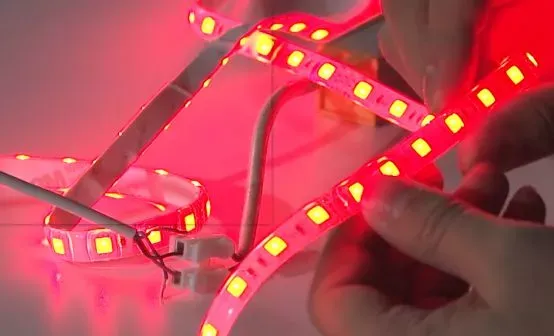
Only connect the positive terminal and red, the light emitted is red
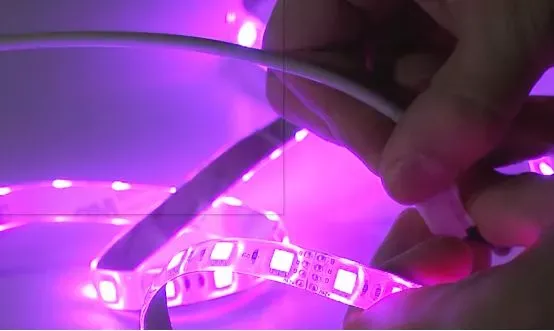
Connect the positive electrode to red and blue, and the mixed light will be purple
In addition, you can also adjust the current and input control to mix richer colors.
To sum up, the advantage of soft light strips is that the length can be flexibly cut and bent at will, making it easy to outline the shape of the curve.
4. Hard light strip
Hard light strips are essentially the same as soft light strips.
In terms of appearance, the soft light strip becomes a hard light strip by covering it with a hard aluminum plate. This makes its shape more regular, and the flexible light strip will not be bent due to poor construction.
After being covered with milky white acrylic, the light strips emit light evenly, unlike soft light strips where individual lamp beads are visible. Therefore, hard light strips are often used for linear decorative lighting.
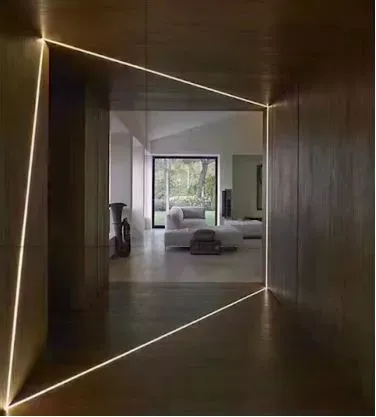
5. Wall washer
Sometimes, we also add lenses to the light strips so that the light can produce the effect we want. Therefore, hard light strips are often used for wall washing lighting, which is why it is called a wall washer.
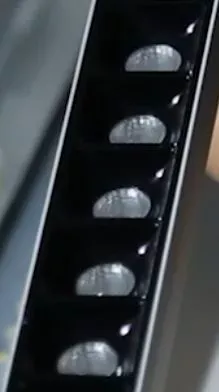
On each lamp bead, a ribbed lens is added for light distribution.
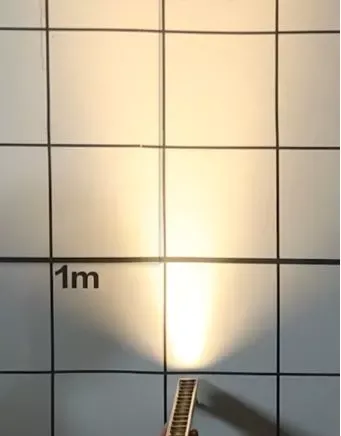
Shooting vertically is a narrow light distribution
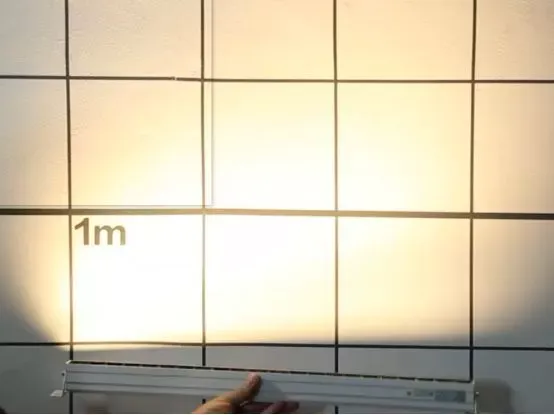
Shooting horizontally is a wide light distribution
Finally, one principle is emphasized: choose products according to needs and choose products according to the characteristics of the place.
For example, we just talked about whether it will accumulate dust and whether it needs a sheath. Don’t just look at the advantages of the protective sheath. Its disadvantage is that it may lose a little light.
Therefore, you need to understand the product, the application site, and the needs to choose the right product.





